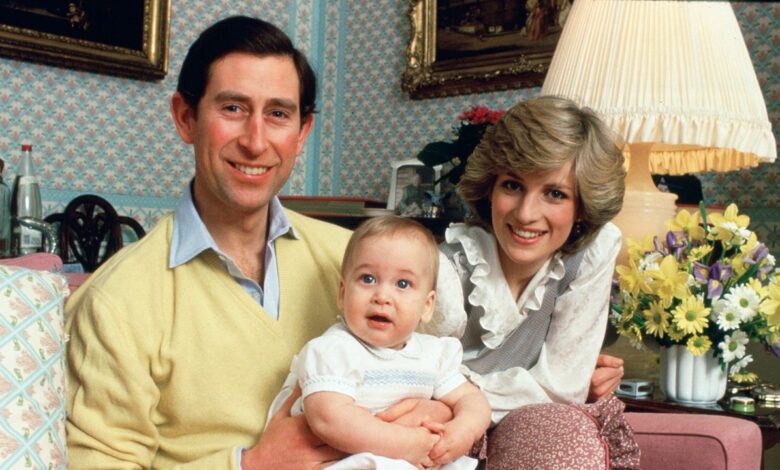Inside Kensington Palace: Explore the Royal Family’s Historic Home

Much of this was due to George I’s hatred of his son, the future George II, and their feud took place in the corridors of Kensington Palace. When the old king died in 1727, the spoiled, emotional King George II and his intelligent, understanding wife, Queen Carolinecontinued the family tradition and had a falling out with their eldest son, Frederick, Prince of Wales.
During the reign of George II, life at Kensington Palace was like the set of a posh soap opera. “Show me one good man in that palace; find me, among those selfish courtiers, those licentious homosexuals,” Sir Robert Walpole wrote, according to Quinn, “one whom I can love and respect.”
The place was also packed, as Queen Caroline opened the Kensington Palace gardens, which she had greatly improved, to the public every Sunday. Anyone dressed well enough could come to vie for a position or patronage or simply to see the royals.
“Court banquets could be noisy and boisterous,” Worsley writes. “On one occasion, so many people came ‘to see His Majesty at dinner, that the railings around the table broke.’ Those leaning against them fell over and ‘fought for hats and wigs, which made His Majesty laugh.’”
But despite Kensington Palace’s importance during this time, it was beginning to decay. According to Worsley, George II’s mistress, Henrietta Howard, discovered that her apartment at Kensington Palace was so damp that fungi were growing all over the floor.
Kensington Palace: Birthplace of the Queen
The “mad” King George III hated the antics of his Hanoverian ancestors, and when he ascended the throne in 1760, he left the bustle of Kensington Palace for Buckingham Palace three miles away.
Now that the monarch was no longer in residence, Kensington Palace became a shabby warehouse for the royals’ excesses. “The state rooms gradually fell into disrepair until they became a storehouse for coal, broken furniture and old pictures,” Quinn writes. “Meanwhile, the rest of the palace began a long cycle in which many of the apartments were upgraded and modernized, then left to fall into disrepair before being renovated once more.”
One of the most famous royals to call Kensington Palace home, the colourful and flamboyant Caroline of Brunswick, The estranged wife of the future King George IV, who set up a rival court in her apartment to her husband’s and was known to wander Kensington Gardens and talk to strangers. Another resident was Prince Augustus Frederick, Duke of Sussex, the eccentric ninth child of King George III, who filled his Kensington Palace apartment with a collection of rare books, medicines, and dozens of clocks.
“At that very hour,” Quinn writes, “his apartment was filled with the sound of bells and gongs, musical melodies, national anthems, and battle cries.”
Prince Charles and Princess Diana with their sons William and Harry at their home in Kensington Palace, 1986.Tim Graham/Getty Images.





